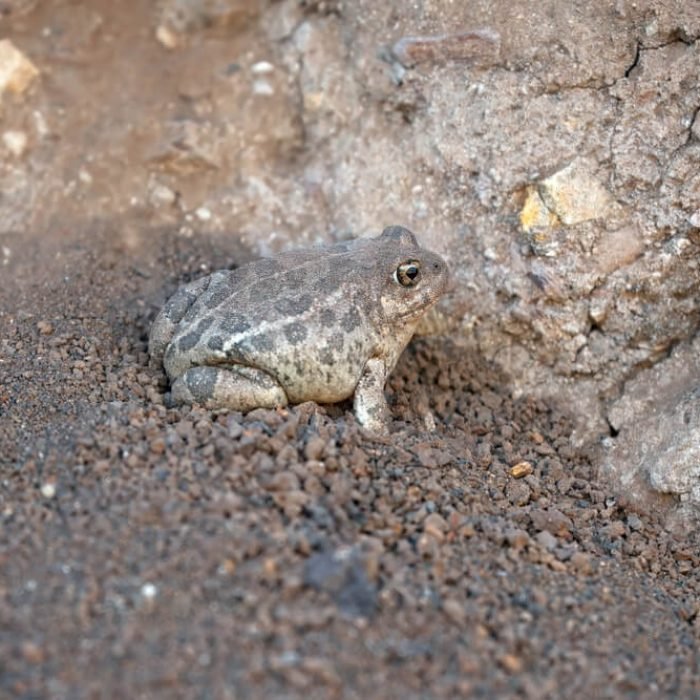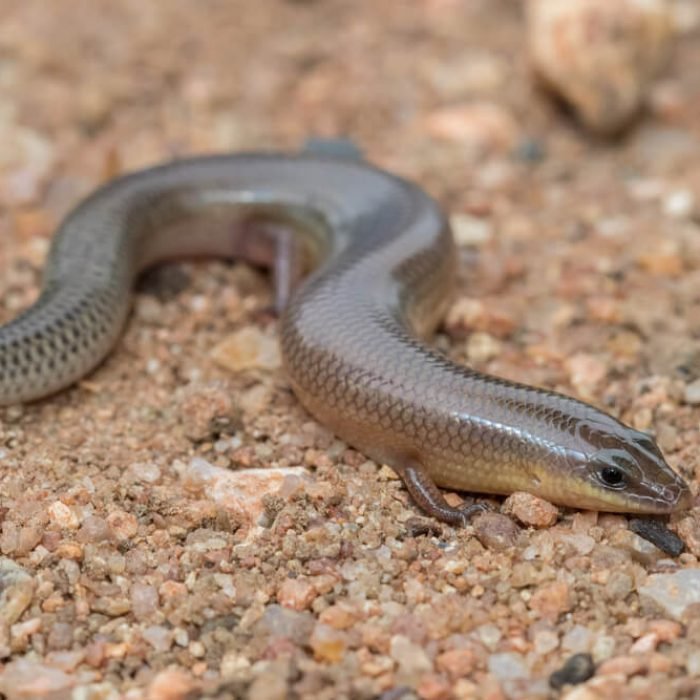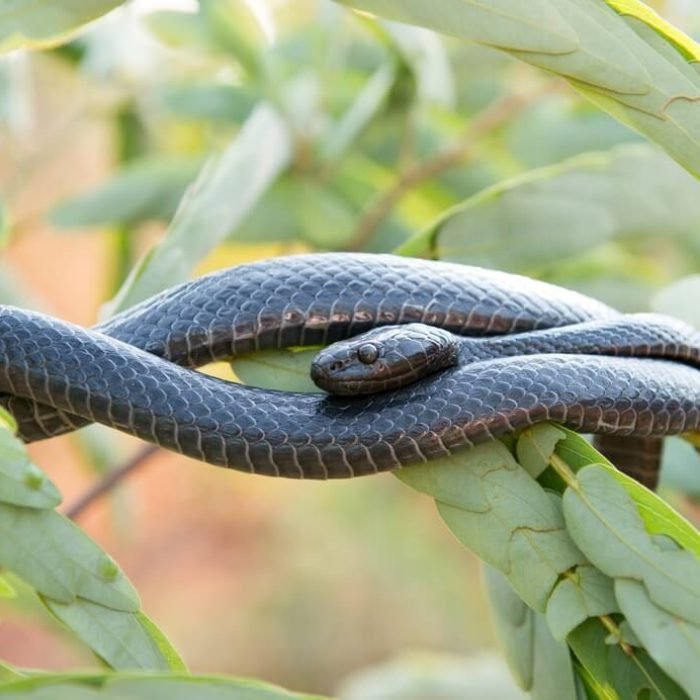African Dwarf Mud Turtle
- Pelusios nanus
- IUCN Status: Least Concern
- Threat: harmless
- Venom/Toxin: none
- Trend: unconfirmed

General Information
The African mud turtle are one of the smallest turtles in the world. They are one of three subspecies.
Description
They are tiny turtles. Some hatch out with black and brown skin, and others hatch out with yellow skin. Adult African mud turtles usually have yellow skin with black speckling on the sides of the head. They have little sharp claws and a dark brown or black carapace (shell) and sometimes light brown or white skin.
Fun Facts
The African mud turtle are the smallest of all African turtle species. Turtles and Tortoises are known to be highly intelligent. They can dig under or plan their escape from captivity, they can learn new tricks and remember them for a very long time. Another interesting feature is that they have both an exoskeleton (the shell on the outside) and an endo-skeleton (the bones on the inside).
Ecology & Behaviour
They’re prefer shallow waters and minimal sun basking.
Diet
The African mud turtle are omnivorous. They eat fish, meat, worms, insects etc
Reproduction
They are solitary animals and only come together to mate. Mating season typically occurs from November to January. Females lay a clutch of 2-5 eggs in a hole in the ground or under a rock. The eggs hatch after about 60 days. African dwarf mud turtles are sexually mature at around 3 years of age.
Conservation
It is categorized by the International Union for Conservation of Nature (IUCN) as a, ” Least Concern “.
Distribtion & Habitat
The African mud turtle is endemic to a few African countries namely, Zambia, Angola, the Democratic Republic of the Congo and Malawi. They live along the Zambezi river and they also prefer slow moving rivers, calm waters, ponds and flooded savannas
Interaction With Humans
Currently, it is mainly threatened by widespread collection from the wild for the illegal international trade in the species. It is also collected by local peoples for food and human population growth in the area is putting pressure on the species. Human-induced fire is also a threat. In most Zambian cultures, turtles and tortoises are revered and respected by people. It is said that one should never kill a turtle or tortoise without reason. If you are to come across one stuck upside down along your path, it is said to be good luck to help it and turn it over to let it goon its way and that doing the opposite or leaving it stuck is very bad luck and karma.
Share:
- Phylum: Chordata
- Class: Reptilia
- Order: Testudines
- Suborder: Pleurodira
- Family: Pelomedusidae
- Genus: Pelusios
- Length: less than 10.15 cm
- Lifespan: more than 50 yrs in captivity










